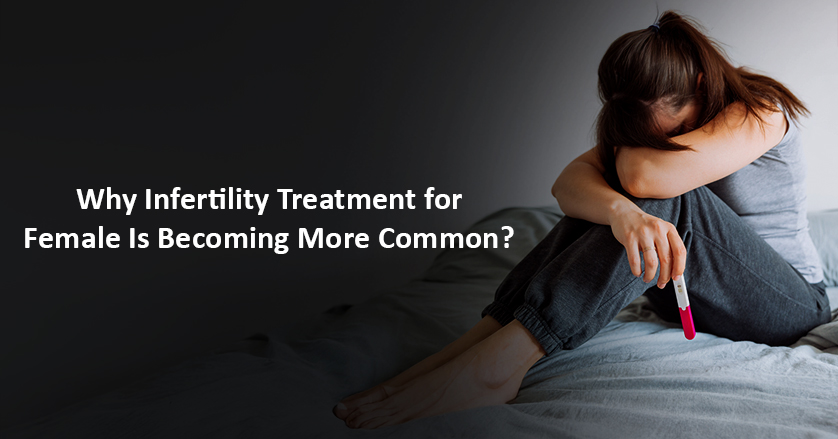In recent years, the demand for infertility treatment for female has seen a significant rise across the globe. A combination of lifestyle choices, medical conditions, environmental influences, and socio-economic shifts are contributing to this growing trend. With increasing awareness and advancements in reproductive health, more women are stepping forward to seek medical assistance in their journey toward motherhood.
Lifestyle Changes and Delayed Motherhood
One of the most prominent factors behind the rising need for infertility treatment for female is the decision to delay childbirth. Women today are focusing on higher education, career goals, and personal aspirations before starting a family. While this empowerment is a positive societal shift, it does come with biological limitations. Fertility in women generally declines after the age of 30 and drops significantly after 35. This delay, combined with age-related fertility decline, often leads women to explore medical support.
Health and Medical Conditions
Another critical factor is the increase in health issues that directly affect female fertility. Conditions such as Polycystic Ovary Syndrome (PCOS), endometriosis, thyroid disorders, obesity, and diabetes are on the rise. These health concerns can disrupt hormonal balance and ovulation cycles, making it harder for women to conceive naturally. As a result, many women turn to infertility treatment for female options like ovulation-inducing medications, intrauterine insemination (IUI), or in vitro fertilization (IVF) to improve their chances of conception.
Environmental and Lifestyle Stressors
Modern lifestyles have introduced new challenges to reproductive health. Exposure to environmental pollutants, poor diet, lack of physical activity, smoking, and excessive alcohol consumption are all contributing factors. High-stress levels, particularly among urban populations, have also been linked to infertility. These stressors can impair hormonal function and menstrual regularity, prompting more women to seek infertility treatment for female as a solution.
Rising Awareness and Technological Advancements
Vigilance of reproductive health and fertility treatment has increased tremendously. Women are more educated with regards to the symptoms of infertility and the help at their disposal. In addition, the stigma attached to infertility in the society has diminished and women are not afraid to get support freely. New diagnostic technologies and intrusive treatments have rendered the process of treating infertility in female more easy, effective, unmatched, and efficacious than ever before. Advancements in technology such as egg freezing, minimally invasive surgical procedures and customized treatment options are placing women in a position to make own choices regarding their fertility.
Social-Cultural Acceptance and Support
Attitudes towards infertility at cultural level are changing slowly. Where infertility used to be shrouded in secrecy or even shame, it is now considered a medical problem with solutions to it. Emotional reinforcement is achieved by women treated with the help of support groups, online forums, and counseling services. It is through this favorable setting that more women are not hesitating or being afraid of being judged on that issue because female can treat infertility.
Conclusion
Complex combination of biological, medical, lifestyle, and social factors is fuelling the increasing demand on infertility treatment of female. The difficulties will always be there, but due to the higher availability of sophisticated treatment and other support systems women were realizing their dream of having a baby. With better awareness and medical knowledge it can be assumed that infertility treatments will only be increasingly effective and accepted in the future.

